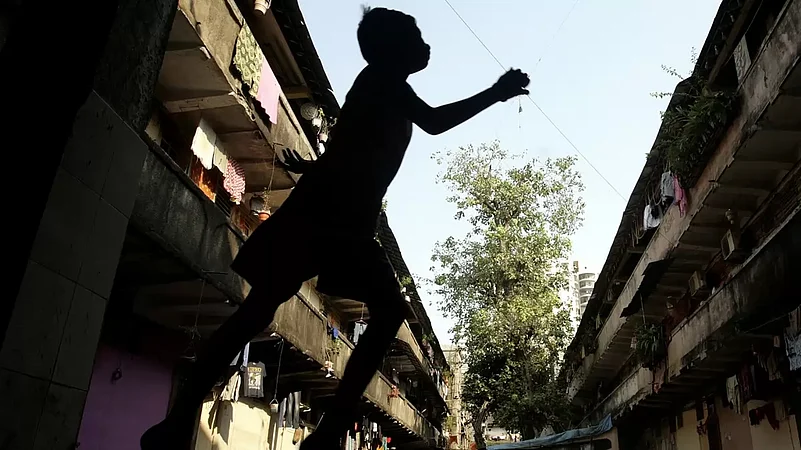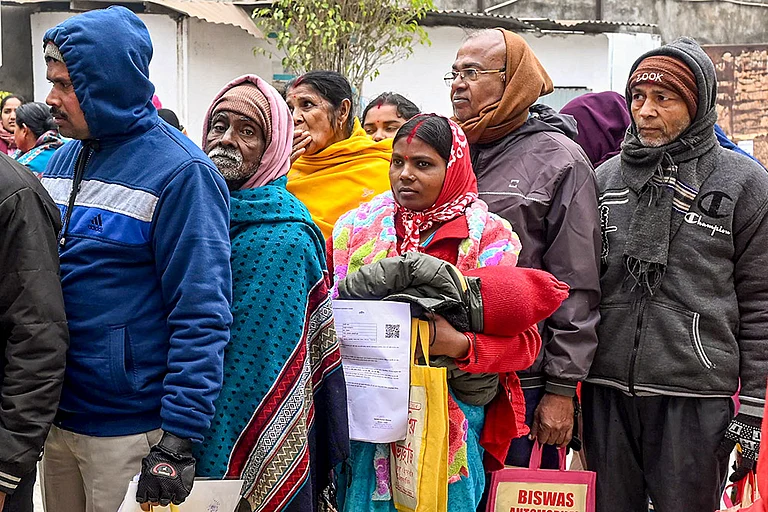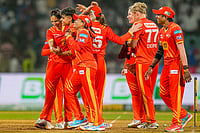“Throughout our nervous history, we have constructed pyramidic towers of evil, often in the name of good.”
— Maya Angelou
“Love is so short, forgetting is so long.”
— Pablo Neruda
I couldn’t stop thinking about these two quotes when I finished reading Lindsay Pereira’s ‘The Memoirs of Valmiki Rao’. Frankly, the cover of the book and the blurb attracted my attention and in no time, I started reading the text. But, even after finishing the novel, though the intent was there, I couldn’t find the content to express or articulate it. A numbness had engulfed me.
Being born in an era of the post-Babri demolition phase (post-1992), I missed the origins but could witness only the contemporary madness that defined and allotted worth to humans based on gender, caste, religion, class, language, race, sons of soil theories, us vs them binaries, etc. This phase is being heralded as the journey of the New Bharat based on dogmatism derived from dogmatic texts that Brian Stock calls textual communities.
I feel that Pereira’s literary piece is a step in the direction of interrogating the genesis of communal Bharat, whose apex is starkly evident when a person is reduced to their immediate identity. The Mumbai he depicts has lost its innocence as the very soul of Mumbai was eroded since its metamorphosis started from Bombay to Mumbai based on parochial chauvinism(s). His novel is set in December 1992 and gives a microscopic view of the life of residents of two neighbouring chawls before and after this time that defined the idea of India.
The Narrator
Pereira uses the agency of a retired postman who tells the story of modern Ramayana set in the spatiality of these chawls which represents the ethos and pathos of working-class Mumbai. He narrates the story of Rameshwar Shinde, Ravinarayan Kumar, and Janaki as observed and noted by him in his diary which nobody knows about. These memoirs become his retelling of Ramayana and broadly how Rama was turned into a mascot and used as an agent to unleash communal violence by the majority of the minorities along with the dialectics at play of his chief protagonists.
Spatiality And Times
What I loved about this text is that Pereira at times brings sociological details like playing carrom (which even today can be seen in Lalbaug, Mumbai) and the masculine vyayam shalas that define the culture and the environment of the then times, putting the characters in a peculiar Mumbai context. He talks about the chawl residents being migrants from Ratnagiri and belonging to predominantly low castes and class. He beautifully captures the cosmopolitism and syncretism that marked the peaceful coexistence of communities based on Manuski. He makes these chawls lively by invoking Marathi words like kholi (room in chawls) and chaha (tea) and the characters sometimes speak in Marathi, giving a feel of Mumbai. He is also intelligently making aware of the fact that festivals like Govinda are being used as propaganda of Hindutva in the name of culture and Hinduism. One can’t miss the neoliberal tenets evident in these sociological details that were enmeshed in their distinct dialectics with religion.
While giving a glimpse into the normal lives of the people, he also sheds light on the protracted evolution of the Banality of Evil. First comes the recurring references of neoliberalism as high-rise towers are rising in the vicinity of these chawls. The next is followed with precise factual, intelligent, and meticulously put details of the rise of Shiv Sena and their politics of Identity. Sketchy yet brilliantly put is the episode of the communist leader Krishna Desai that gives a hint into how the mill workers’ movement was captured by Sena by dislodging Communists. Any alert reader can then work and find the backward linkages to his death and trace modus-operandi of the said political party and its rise in those days.

What appealed to me as a reader is that the author nudges us into thinking about how the process of radicalisation of these jobless youth started. Always, an imaginary enemy is constructed who is the source of all problems. In this novel, the phases of driving Indians from the south via using phrases like “uthao lungi aur bajao pungi” and later demonising the religious minorities is poignant. I was deeply disturbed that all the participants who participated in this madness were youth whose emotions were tapped and channelised for a catastrophic purpose. This saga continues even today. Consider the following lines in the novel that capture the essence of what the youth got by willingly becoming the pawns in this game of madness: “To acknowledge someone’s presence is to breathe life into them, which is what Sena did when it reached out and touched these young men on their drooping shoulders.”
It shows how psychologically the Samrat of Hearts and upholders of Rajadharma played with the emotions and passions of the youth creating a communal society which if seen in today's times has ruptured the constitutional morality and its ideals of justice seem Platonic and utopian.
The Ramayana
When looking at this epic from the perspective of a student of history, now having read and watched multiple renditions of Ramayanas —from the perspectives of feminists (Sara Joseph, Volga), tribal retellings (Wayanad Ramayanas), Jaina, and folk retellings as evident in works of Veerappa Moily and pragmatist critiques by Periyar and Ambedkar— this novel uses a revivalist and harmless telling of the epic in the foreground. But what happens in the background is the creation of a hegemonic public sphere laden with fundamentalist interpretation, legitimising this narrative using the process of othering of Muslims, and subjection of theirs to alien or foreign invaders. Thus, reducing India to a geography of mind as well as the geography of power to use the analogy of Eric Hinderaker.
Pereira liberally uses the characters and storyline. It seems that the women characters are mute and passive but a close reading of the text makes a reader realise that women here aren’t just adherents of the hegemonic discourses. But at times, they strike back with their sharp words. Consider Janaki’s mother and group of women from chawl, who in the entire novel are mute but rise like a phoenix among the masculine characters: “None of you are doing anything. What do you want us to do? Sit at home and watch Ramayan?”
Though there was a possibility that women characters could have been more visible and audible in the text, but it seems Pereira doesn’t want to take more risks as already he is playing with fire by retelling Ramayana in this age of fundamentalism and anti anti-state.
The Cover And Language
I fell in love with the cover which is rich with symbolism and as an exercise, I tried to ask a lot of friends what the image on the cover signifies. There were interesting responses based on their peculiar socio-economic-cultural and political understanding. The cover portrays a beautiful colorful picture of Lord Hanuman lifting the Dronagiri mountain to bring Sanjeevani for Lakshmana and below sits a woman with goggles having a western-styled bag but with a dupatta over her head. On the backside, there is an old diary of which some lines are visible which take you to the world of Pablo Neruda. Interesting are the stains left on the glass cups that are used to serve chaha made at tapris (stalls) that are popular in Mumbai and define the zeal of Mumbai. Just sharing out of passion that these stalls are predominantly run by persons who are so called outsiders barring few exceptions.
Pereira uses simple yet engaging language to keep the readers hooked. Sometimes he gives a thick description of certain events which are very important for laypersons, especially those not very well acquainted with the culture of Mumbai. At times, the novel seems static or repeated but when looked at from a holistic perspective it becomes secondary when compared with the effect that documents the affected lives daringly staging Ramayana at the centre to educate the readers about how we, the people of India, are moving in the reverse of direction in the Plato’s Allegory of Cave. Here, the movement has started from real knowledge to belief and ultimately we are moving towards the state of imagining — chaining ourselves and embracing the bliss of Ignorance.
In these times, I would invoke the Pereira’s words from the book: “I bow again and again to Sree Rama, who removes all obstacles, and grants all wealth, and pleases all, and who is beloved by all the world.”
Thus, Sree Rama grant us the rationality and pragmatism to break the shackles of our self-embraced ignorance and act as our teacher to show us the path of true knowledge.
(Views expressed are personal.)

























